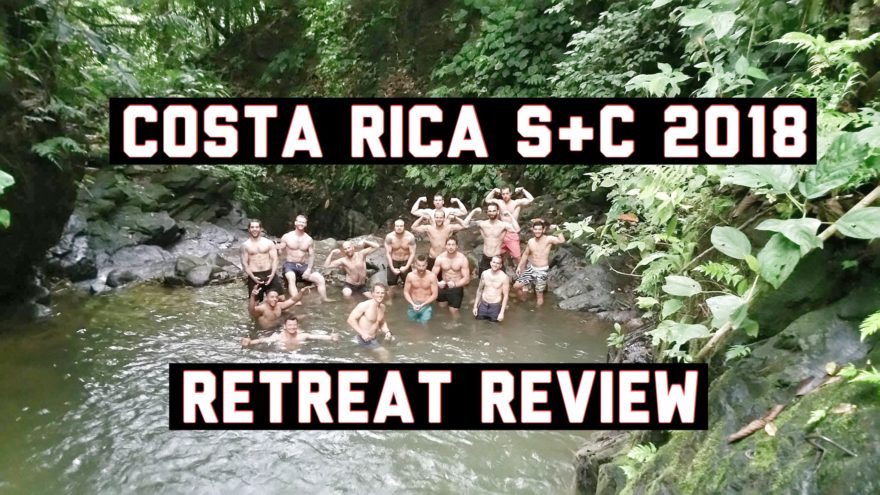Tag: assess

Troubleshooting Table Tests
Learn what range of motion testing really tells you Movement Debrief Episode 123 is in the books. Below is a…

Costa Rica Underground S&C 2018 Retreat Review
I recently had the opportunity to attend a strength and conditioning retreat hosted by none other than the legendary Ben…
Movement Chapter 3: Understanding Movement
This is a chapter 3 summary of the book “Movement” by Gray Cook. You Down with SOP? Unlike many other…
